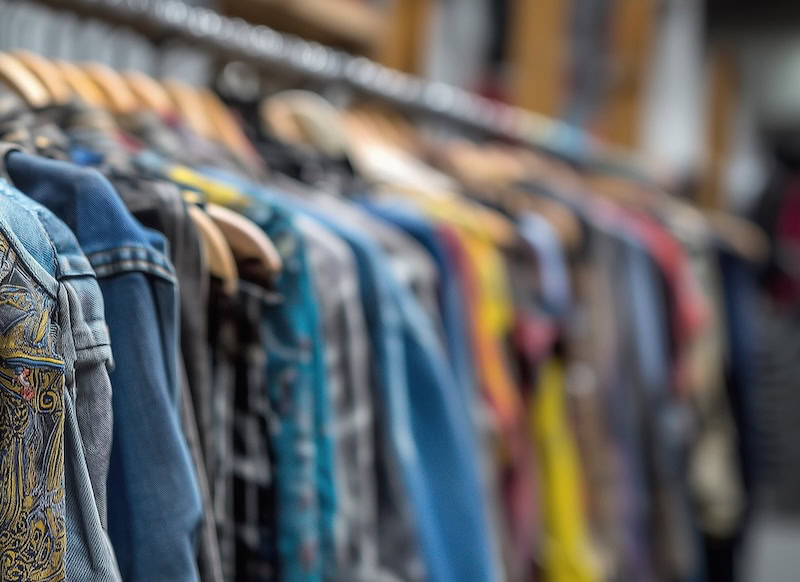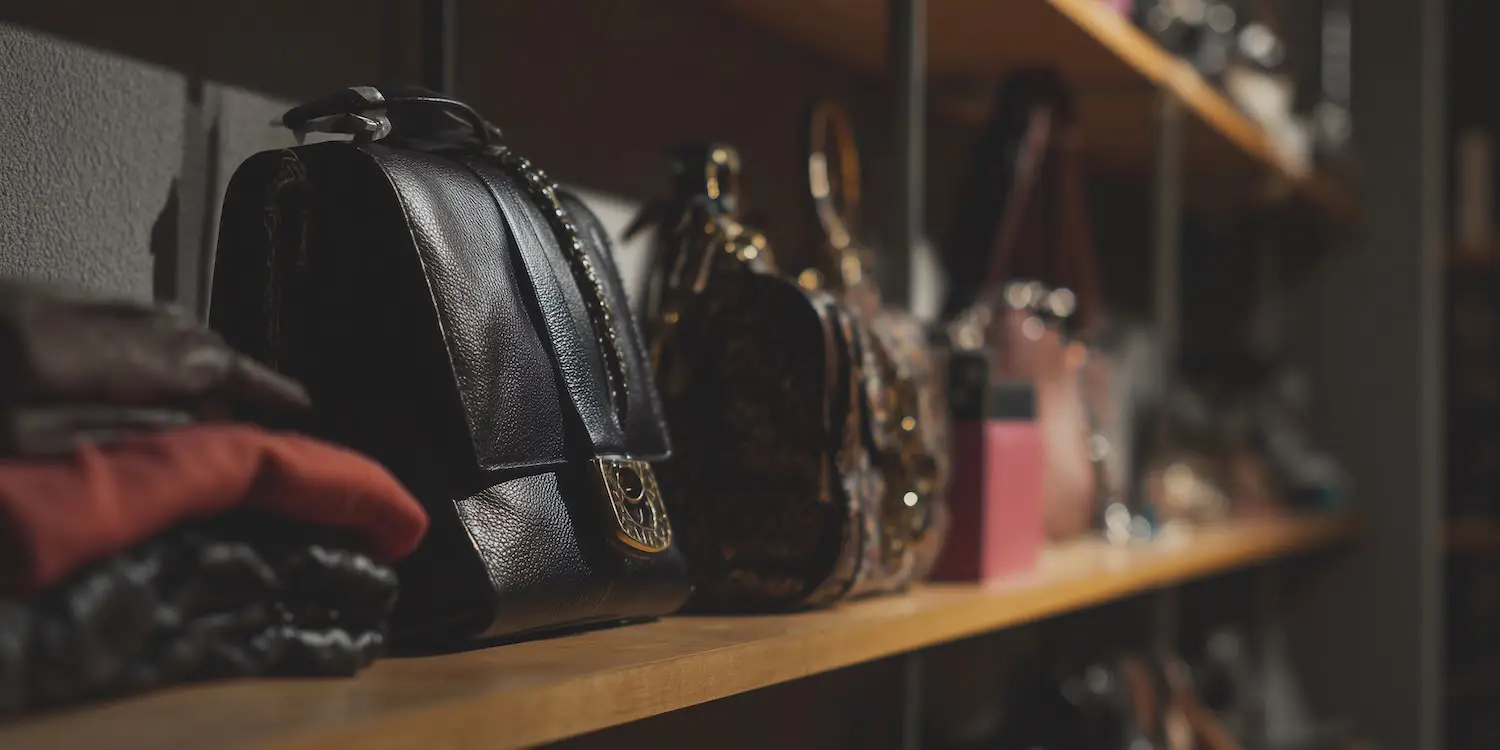There’s nothing quite like the thrill of discovering something in a charity shop. One minute you’re browsing through racks of forgotten jumpers and odd pieces of crockery, and the next you’ve struck gold. Whether it’s a vintage leather jacket, a designer scarf, a cast-iron skillet that feels almost weightless, or a dog-eared book with a love note inside, it can make you flutter. Charity shops are part bargain hunt, part social anthropology, and completely addictive. Whether you’re a champion of sustainability, a fashion risk-taker, or simply someone who loves a good rummage, here’s how to become a second-hand superstar.

Ten Tips for Charity Shop Treasure Hunting
1. Go with an open mind: Expecting perfection will only lead to disappointment. When you expect nothing, you’ll be surprised by what you find, from finely tailored clothing to quirky 80s ceramics. Think of it as treasure hunting rather than shopping.
2. Dress appropriately for the job: You’re going digging, not dining. Layers are your best ally, easy to put on and take off, and wear shoes you can sprint across the shop floor in when someone else notices the jacket you’ve been eyeing.
3. Check for hidden gems and stains: Always examine under collars, inside seams, and around zips. A loose button can be fixed, but a mystery stain is more challenging to resolve. If uncertain, hold it up to the light; charity shop mirrors can be deceptive.
4. Build rapport with the volunteers: They’re the gatekeepers of the good stuff. Volunteers know when someone with good things has just dropped off a pile of designer cast-offs.
5. Think about each area: Every postcode has its own story. In Mayfair, look for designer donations and silk shirts. In Hackney, find vintage denim and indie labels. In retirement towns, expect pure wool cardigans that last forever. For a true lucky dip, visit student neighbourhoods and you’ll probably find a fab festival outfit.
6. Learn the layout: Every shop has its system. Some are colour-coded, others are glorious chaos. Work out where the best bits hide, accessories, homeware, or the just-in rack, and you’ll start spotting treasures faster than a TikTok reseller.
7. Keep your phone handy: Not sure if that porcelain cat is collectable or just creepy? Google it. The same goes for obscure clothing labels. A quick search could reveal that your mystery jacket is worth more than your monthly coffee budget.
8. Explore every section: Don’t restrict yourself. A man’s blazer can transform into a fabulous, oversized jacket. Women’s scarves can double as hair wraps. Homeware and vinyl are for everyone.
9. Think beyond clothes: Some of the best finds aren’t wearable. Charity shops are filled with a wide range of gifts, home decor, art, and kitchenware. You’ll discover things you didn’t realise you needed, from crystal glassware to porcelain dachshunds.
10. Give as well as take: Follow Mary Portas’ Living and Giving principle, donate as if you’re stocking a boutique. The higher the quality you give, the more your chosen cause benefits. It’s retail karma.
Final Notes on Treasure Hunting
Charity shopping isn’t just about finding bargains; it’s about community, creativity, and preventing great items from ending up in landfills. It’s also becoming a smart side hustle. Many thrifters now resell their finds on vintage marketplaces or preloved designer sites, earning extra income from their gift shop treasures. Whether you’re a student flipping Y2K tops or a collector trading vintage watches, that £5 find could be the start of your next small business. Most importantly, charity shopping is for everyone; it’s inclusive, sustainable, and wonderfully unpredictable. So go on, rummage freely, dress boldly, and remember, today’s dusty rail could be tomorrow’s runway moment.
Frequently Asked Questions About Charity Shopping
What do UK charity shops support?
They raise funds for a variety of causes, including medical research, homelessness, animal welfare, and global aid. Every purchase helps someone, somewhere.
Where does the money go?
After covering running costs, profits are directed straight to the charity’s initiatives. That £8 shirt could help fund a school project, a rescue centre, or essential medical equipment.
Who buys from charity shops?
Everyone from students to grannies. You’ll find clothing for everyone and homewares for anyone who finds joy in someone else’s ceramics.
What’s the best way to donate?
Wash and fold your items carefully before dropping them off. Charity staff are heroes, not magicians, so skip the stained T-shirts and odd socks.
Do all shops sell the same kind of stuff?
No, some focus on fashion, others on books, furniture, or vintage finds. Mary’s Living and Giving boutiques are well known for fashion, while Oxfam and the British Heart Foundation have their own specialities. Explore them all.
Can I buy gifts there?
Absolutely. Charity shops are fantastic for unique presents, jewellery, mugs, books, art prints, and more. With a bit of creativity, you can find a gift that tells a story.
Some articles we like: Vogue: Best charity shops in London and Paddington Arts: A brief guide to London’s charity shops. You might also like this article: Ten helpful ideas for organising your wardrobe.
